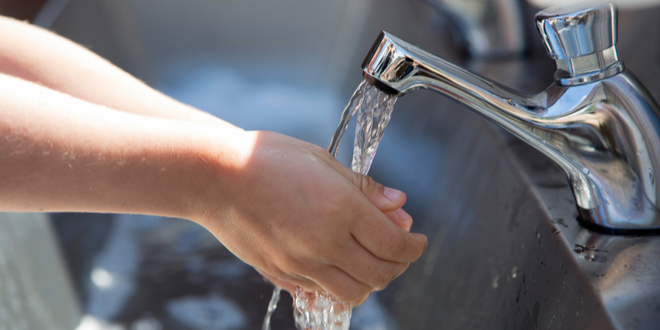Rep. Raul Ruiz, D-Palm Desert, introduced legislation last week that would alter the way the federal government enforces clean drinking water requirements.
According to Ruiz, H.R. 3286, the Emergency Order Assurance, Safety, and Inspection of water Systems (Emergency OASIS Act) would strengthen Environmental Protection Agency (EPA) ability to protect communities from drinking water contamination and help ensure that residents have access to clean drinking water while their systems are being repaired.
“I am determined to prevent other communities from suffering the injustices that residents of Oasis Mobile Home Park have had to over the past year and a half,” said Dr. Ruiz. “My bill, the Emergency OASIS Act, will protect access to clean drinking water and prevent bad actors from taking advantage of the residents they are supposed to protect.”
In 2019 the U.S. Environmental Protection Agency reported groundwater tests revealed the presence of arsenic at almost 10 times the federal legal limit at the Oasis Mobile Home Park in eastern Coachella Valley. After the park was placed under an Emergency Order, the residents of the park fought with park ownership to acquire safe alternative drinking water while their well was under repair.
H.R. 3286 would also take additional steps to make sure the distribution system is safe prior to an EPA Emergency Order being lifted.
According to a statement on Rep. Ruiz’s website, the Emergency OASIS Act would make the following improvements to the EPA’s authorities to protect clean drinking water access:
- New Flushing Requirements – establish regulations to flush a drinking water system if contaminants were present in the system for longer than six months, or if water stood motionless in the system for longer than six months.
- New Testing of the Distribution System – test for contaminants at a subset of service connections prior to lifting an emergency order for a contaminant like arsenic.
- Provision of Alternate Drinking Water – gives the EPA the authority to provide replacement water to the users of a drinking water system if the owner of a contaminated system fails to do so after 7 days. The EPA may charge the owner twice the costs of the replacement water. The owner may not pass these costs along to the customers.
 California Water News Daily Your Source For Water News in California
California Water News Daily Your Source For Water News in California


